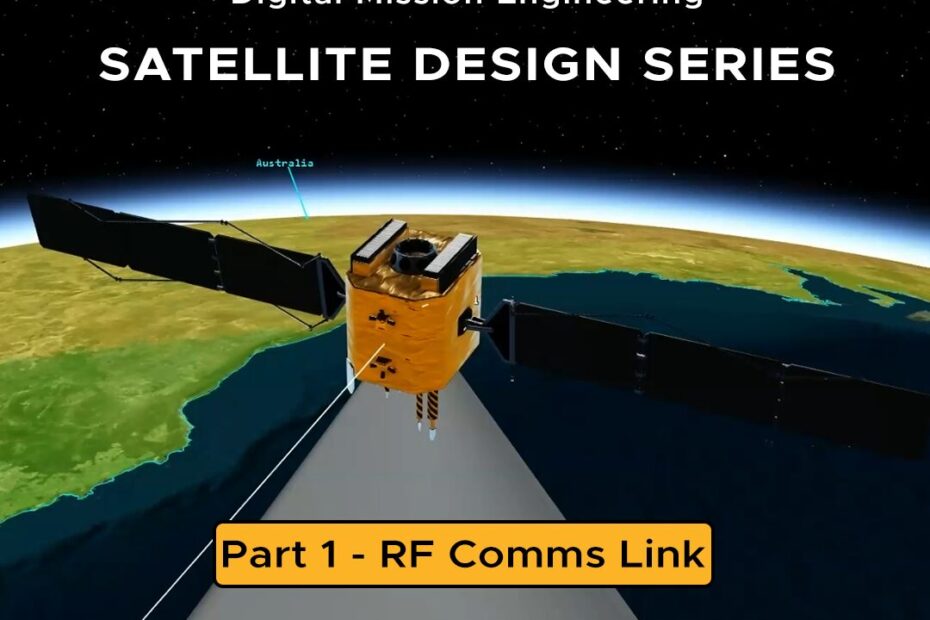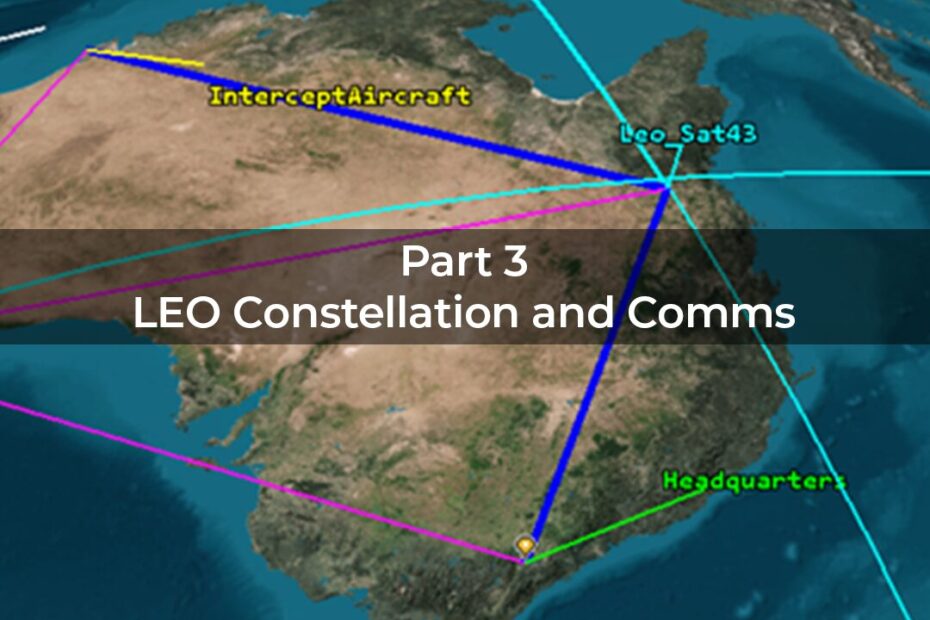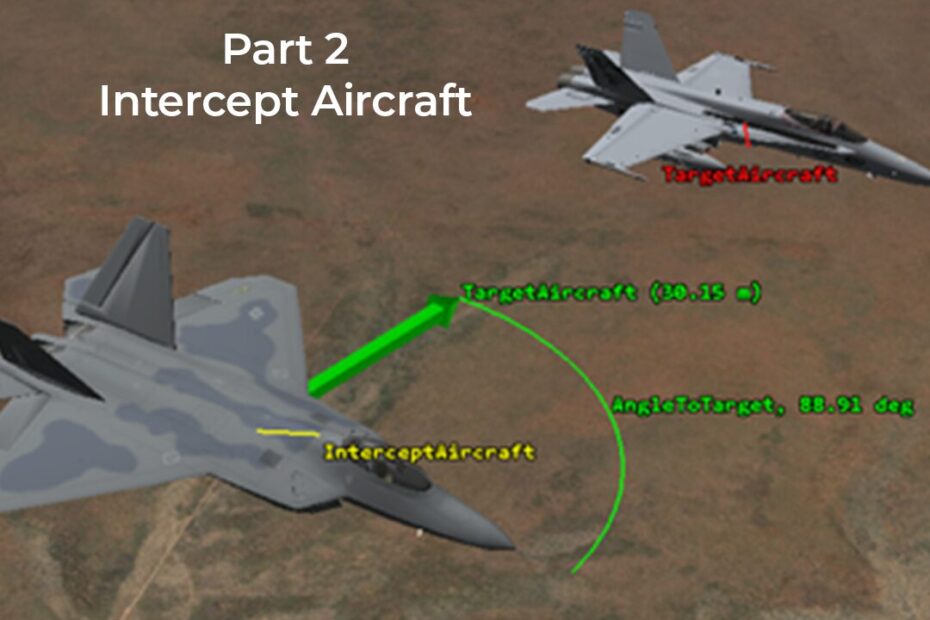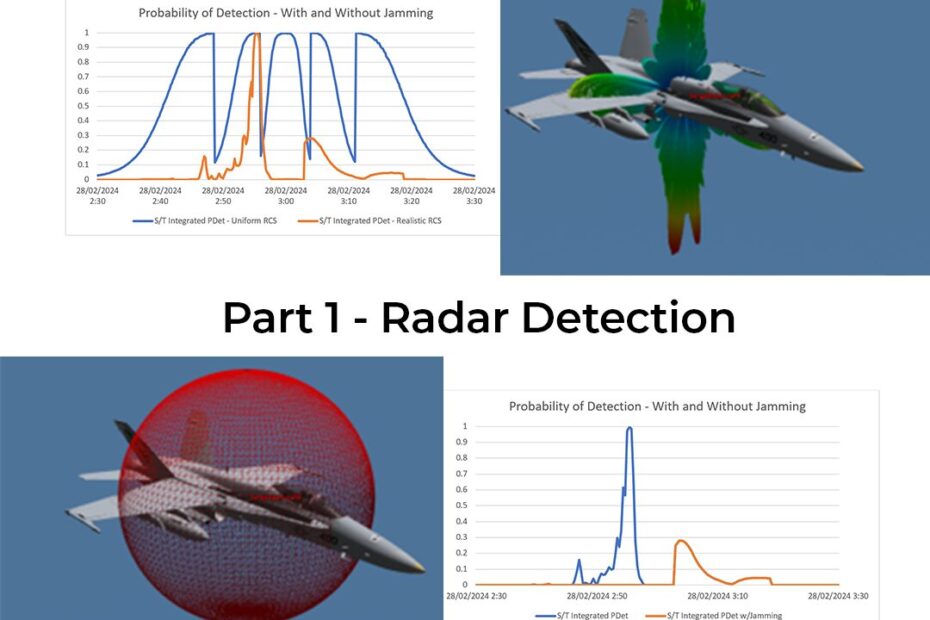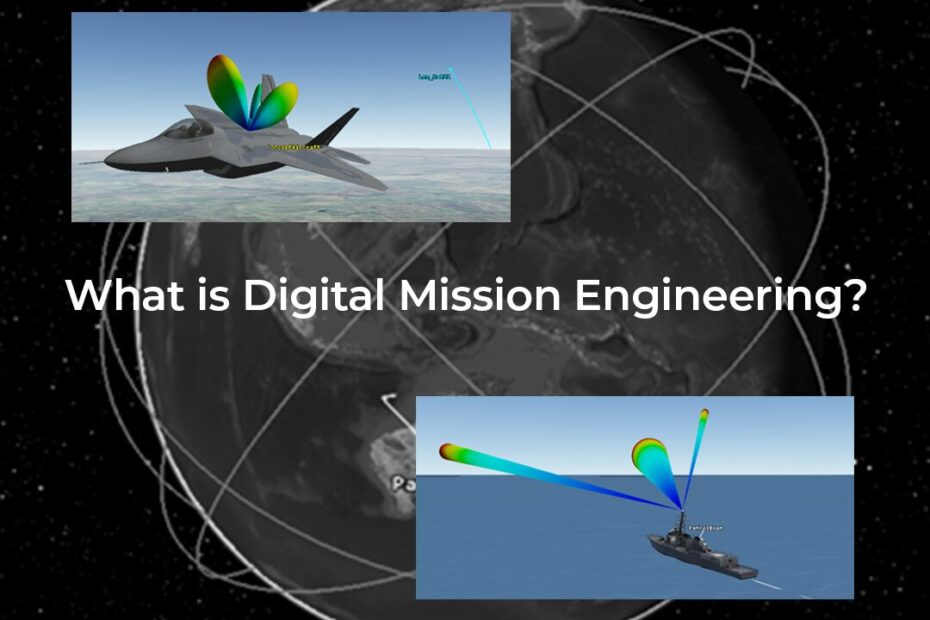Satellite Design with Digital Mission Engineering: Part 1 – RF Comms Link
This is the first instalment in our 3-part DME Series that will explore the design of a LEO satellite constellation, exploring the implementation of Ansys STK to tackle common design challenges, including the design of a reliable RF communication link, the evaluation of LEO constellations for specific coverage metrics, and the conjunction analysis of the proposed constellation to ensure satellite survivability.

